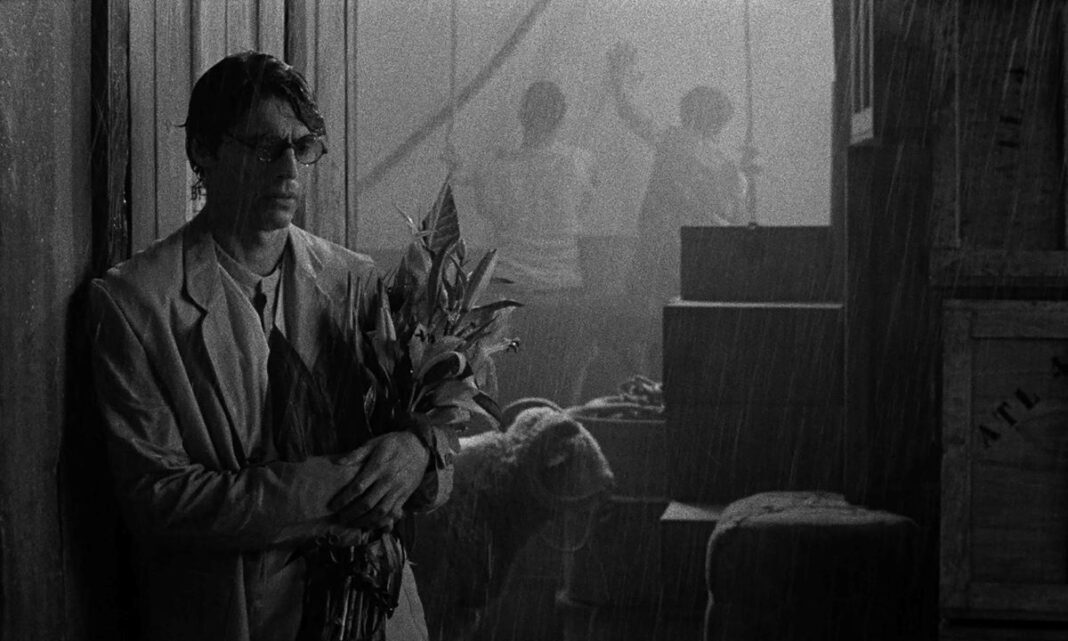Exploring the Art of Escapism in Cinema: A Review of Grand Tour by Miguel Gomes
Portuguese filmmaker Miguel Gomes takes cinema to new heights with his latest masterpiece, Grand Tour. A film that challenges storytelling conventions and logic, Gomes crafts a narrative that is as enigmatic as it is captivating.
From the mesmerizing visuals to the unconventional plot twists, Grand Tour is a cinematic journey like no other. Gomes weaves a tale of escape and intrigue, blurring the lines between reality and fiction, leaving audiences spellbound.
A Glimpse into the Story
Set in 1917, the film follows Edward, a British official in Burma, who receives a mysterious telegram that sets him on a journey across Asia. Is he a spy or just a man fleeing his past? The enigmatic plot unfolds as Edward’s fiancée, Molly, embarks on a quest to find him, leading to unexpected revelations and twists.
The Visual and Narrative Mastery
Gomes’s directorial vision shines through in Grand Tour, as he seamlessly blends historical footage with modern storytelling techniques. The film’s unique editing style creates a cinematic experience unlike any other, transporting viewers to a world of beauty and mystery.
Through a series of visually stunning sequences and symbolic imagery, Gomes challenges traditional filmmaking norms, pushing the boundaries of storytelling and artistry. Grand Tour is a testament to Gomes’s creative genius and his ability to captivate audiences with his unique vision.
Conclusion
Grand Tour is a cinematic masterpiece that defies expectations and redefines the art of storytelling. Miguel Gomes’s visionary approach to filmmaking elevates the medium to new heights, creating a film that is both thought-provoking and visually stunning. A true work of art, Grand Tour is a must-see for cinephiles and art enthusiasts alike.
FAQs Section
1. What is the premise of Grand Tour?
In Grand Tour, the film follows Edward, a British official in Burma, who embarks on a mysterious journey across Asia, accompanied by his fiancée Molly.
2. What sets Grand Tour apart from other films?
Grand Tour stands out for its innovative storytelling techniques, blending historical footage with modern narrative styles to create a unique cinematic experience.
3. Who are the key characters in the film?
The main characters in Grand Tour include Edward, Molly, and a host of intriguing individuals they encounter on their journey across Asia.
4. What themes does Grand Tour explore?
Grand Tour delves into themes of escapism, love, and the art of storytelling, challenging viewers to rethink traditional narrative structures.
5. How does Miguel Gomes’s directorial style impact the film?
Miguel Gomes’s visionary approach to filmmaking infuses Grand Tour with a sense of artistic flair and visual poetry, creating a truly immersive cinematic experience.
6. What is the significance of the film’s editing style?
The unique editing style of Grand Tour adds a layer of complexity to the narrative, blurring the lines between past and present, reality and fiction.
7. How does Grand Tour challenge conventional storytelling norms?
Grand Tour pushes the boundaries of traditional storytelling, inviting audiences to engage with a narrative that is as enigmatic as it is captivating.
8. What is the overall impact of Grand Tour on the viewer?
Grand Tour leaves a lasting impression on viewers, prompting them to reflect on the nature of cinema as an art form and the power of storytelling.
9. What awards has Grand Tour received?
Grand Tour was honored with the Best Director award at the 77th Cannes Film Festival, recognizing Miguel Gomes’s exceptional talent and creative vision.
10. How does Grand Tour redefine the cinematic experience?
Grand Tour redefines the cinematic experience by challenging viewers to think beyond traditional narratives and embrace the beauty of visual storytelling.
Tags
Movie Review, Miguel Gomes, Grand Tour, Cinema, Artistic Vision

